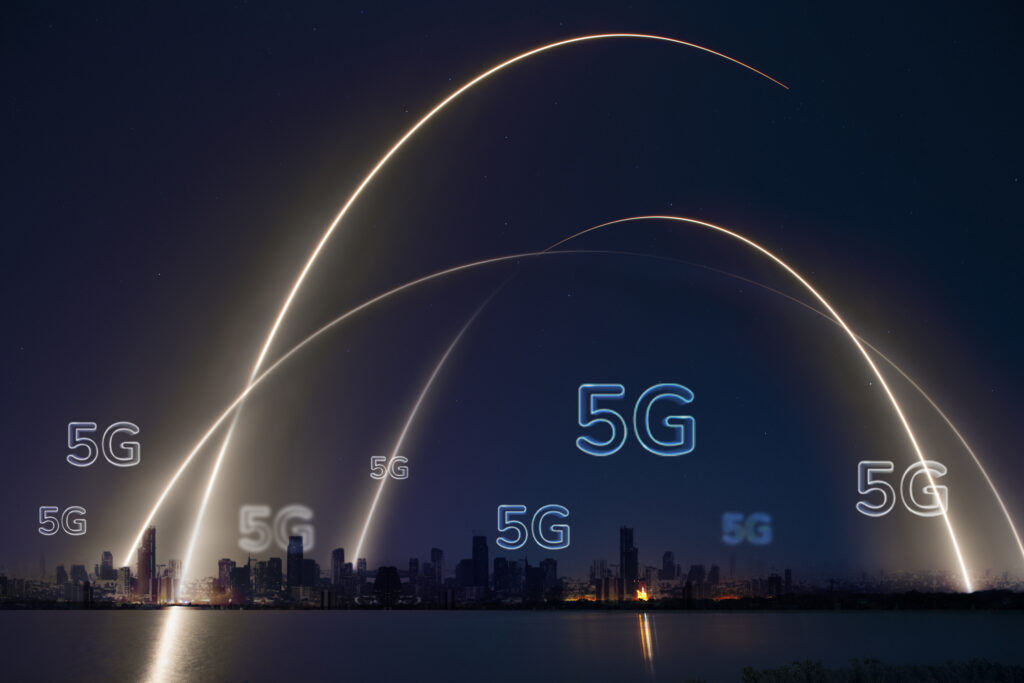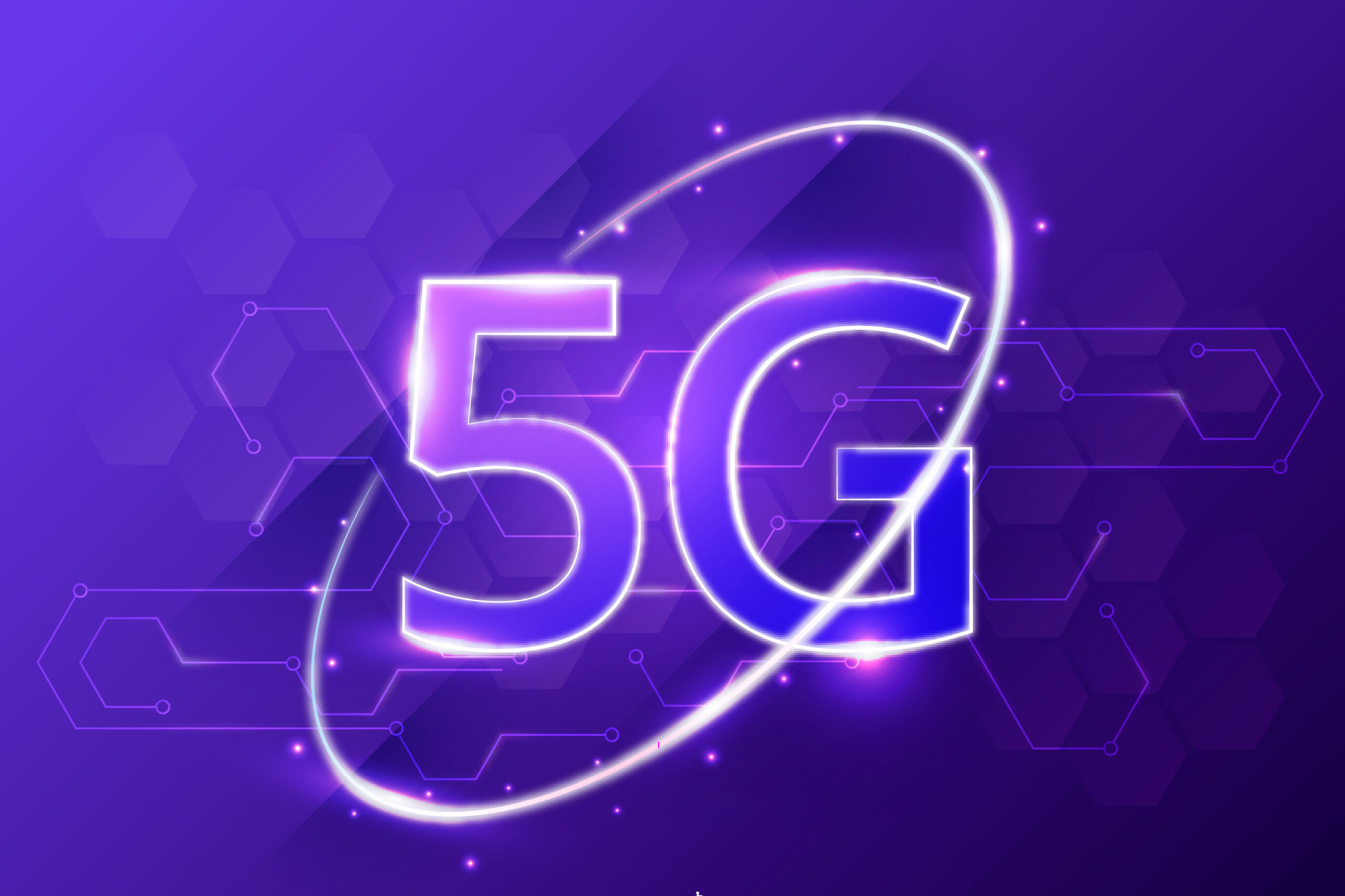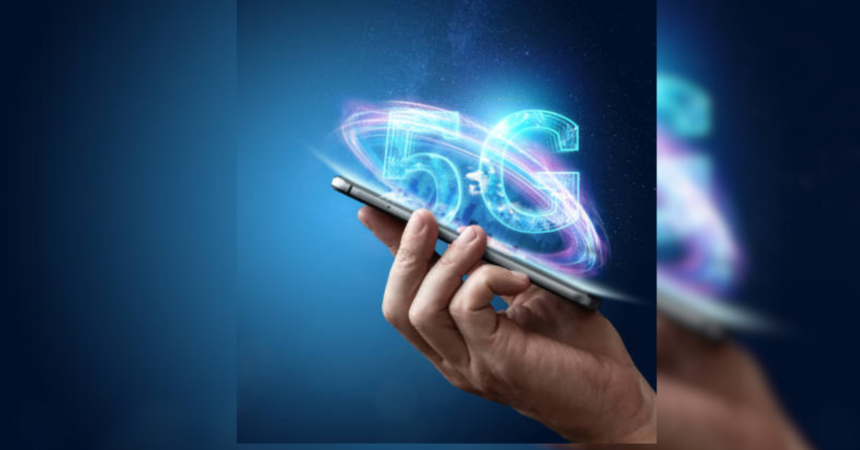The world is on the brink of a technological revolution, and at the forefront of this change is 5G technology. Promising unprecedented speeds, ultra-low latency, and the capacity to connect billions of devices, 5G is set to transform how we live, work, and interact with technology. But with great potential come challenges, and understanding these can help us navigate the future of this game-changing technology. In this blog, we will explore the benefits, challenges, and future prospects of 5G, providing a comprehensive look at how this new generation of wireless technology will impact our world.
What is 5G Technology?
5G, or fifth-generation mobile network, is the latest iteration of wireless technology that follows 4G LTE. Unlike its predecessors, 5G isn’t just about faster internet speeds; it’s about creating a network that connects people, machines, and devices seamlessly. With speeds that can be up to 100 times faster than 4G and latency reduced to just a few milliseconds, 5G promises to support everything from autonomous vehicles to remote surgeries and smart cities.

The technology is built on three key spectrum bands:
- Low-band spectrum: Provides wide coverage and supports speeds slightly higher than 4G.
- Mid-band spectrum: Offers faster speeds and lower latency, suitable for urban areas.
- High-band spectrum (mmWave): Delivers ultra-fast speeds but has a shorter range, ideal for densely populated areas like stadiums and shopping malls.
Benefits of 5G Technology
1. Ultra-Fast Speed
One of the most prominent benefits of 5G is its speed. With the potential to reach up to 20 Gbps, 5G networks offer speeds that are significantly faster than 4G LTE, which peaks at around 1 Gbps. This incredible speed will revolutionize how we use the internet, making it possible to download high-definition movies in seconds, stream 4K videos without buffering, and play online games with virtually no lag. For businesses, this means quicker data transfers, faster cloud processing, and more efficient communication, all of which lead to increased productivity and innovation.
2. Low Latency
Latency refers to the time it takes for data to travel from one point to another. 5G technology aims to reduce latency to as low as 1 millisecond, compared to 30-50 milliseconds on 4G networks. This low latency is critical for real-time applications where delays can be catastrophic. For example, in autonomous vehicles, low latency ensures that cars can communicate with each other and react to situations in real-time, enhancing safety. In healthcare, it enables doctors to perform remote surgeries with precision, as there is no lag between the commands and the actions of surgical robots.
3. Massive Device Connectivity
5G can connect up to 1 million devices per square kilometer, compared to 4G’s capacity of around 100,000 devices. This is crucial for the growth of the Internet of Things (IoT), where everything from smart refrigerators to industrial machinery can be interconnected. With 5G, smart cities can become a reality, where traffic lights, waste management systems, and public transportation are all integrated to improve efficiency and reduce costs. Additionally, industries can implement smart manufacturing, where machines on the factory floor communicate with each other, making production lines more streamlined and efficient.
4. Enhanced Reliability and Energy Efficiency
5G networks are designed to be more reliable than their predecessors. This means fewer dropped calls, consistent internet speeds, and robust connections even in crowded areas. Additionally, 5G technology is more energy-efficient, consuming less power per bit of data transmitted. This is beneficial for IoT devices that rely on batteries, such as sensors in remote locations. With reduced power consumption, these devices can operate longer without frequent battery replacements, reducing maintenance costs.
5. Greater Network Capacity
As the demand for internet services grows, network congestion becomes a significant issue. 5G addresses this by providing greater network capacity, enabling it to handle more data traffic efficiently. This is especially useful in densely populated areas like city centers, airports, and stadiums, where thousands of people are trying to connect to the network simultaneously. With 5G, users can expect a smooth and seamless connection, even in high-demand situations.
Challenges of 5G Technology
1. High Infrastructure Costs
The rollout of 5G requires a new infrastructure, including the installation of small cell towers, fiber optic cables, and other equipment. This is a massive investment for telecom companies, and the costs can be prohibitive, especially in rural and less developed areas. Unlike 4G, which relies on large cell towers that cover vast areas, 5G uses small cells that have a limited range but higher capacity. Deploying these small cells requires significant resources, and there are concerns about whether telecom companies will be able to make a return on their investment, particularly in areas with lower population densities.
2. Security and Privacy Concerns
As 5G connects more devices, the risk of security breaches increases. The sheer number of connected devices creates a larger attack surface for cybercriminals, making it easier for them to exploit vulnerabilities. Additionally, the complexity of 5G networks makes it difficult to monitor and secure them effectively. This raises concerns about data privacy, as more devices mean more data that can potentially be intercepted or misused. Ensuring robust cybersecurity protocols and data encryption will be critical as 5G continues to expand.
3. Spectrum Availability
5G requires access to a broad range of spectrum bands, including low, mid, and high bands. However, the availability of these spectrums varies across different regions, and there are regulatory challenges that need to be addressed. Governments and telecom companies must work together to allocate spectrum efficiently and ensure that there is enough bandwidth to support the growing demand for 5G services. Additionally, the competition for spectrum with other technologies, such as satellite communication, can create regulatory hurdles that may delay the widespread adoption of 5G.
4. Health Concerns
The introduction of 5G has raised concerns about potential health risks associated with exposure to electromagnetic fields (EMFs). Although scientific studies have not established a direct link between 5G radiation and adverse health effects, there is still public skepticism, leading to resistance in some communities against the deployment of 5G infrastructure. Addressing these concerns through transparent research, public education, and adherence to safety guidelines is essential to ensure smooth adoption.
Future Prospects of 5G Technology
1. Revolutionizing Industries
The impact of 5G on various industries will be profound. In healthcare, 5G’s ultra-low latency will enable remote surgeries, telemedicine, and real-time monitoring of patients. Doctors will be able to perform surgeries from a different location, using robotic arms controlled via 5G networks, which could be life-saving in emergency situations where specialist doctors are not immediately available.
In the automotive industry, 5G will drive the development of autonomous vehicles. Cars will be able to communicate with each other and with traffic infrastructure in real-time, making roads safer and reducing congestion. For example, vehicles could receive instant updates about road conditions, accidents, or traffic jams, allowing for quicker rerouting and smoother journeys.

2. Expansion of the Internet of Things (IoT)
5G is set to be a key enabler for the IoT ecosystem, allowing for the seamless interconnection of devices across different sectors. Smart homes, where all appliances and systems can be managed remotely, will become more common. In agriculture, 5G can support precision farming, where sensors collect data on soil conditions, crop health, and weather patterns, enabling farmers to make data-driven decisions. The expansion of smart grids in the energy sector will also improve the efficiency of energy consumption and distribution, reducing costs and carbon footprints.
3. Augmented Reality (AR) and Virtual Reality (VR)
5G will provide the bandwidth and speed necessary to take AR and VR technologies to the next level. This will open new possibilities in sectors such as gaming, entertainment, education, and retail. For instance, retailers can offer virtual shopping experiences where customers can try on clothes or view products in 3D before making a purchase. In education, students can attend virtual classes that simulate real-world environments, making learning more engaging and interactive.
4. Laying the Foundation for Future Technologies
While 5G is currently at the forefront of wireless technology, it is also laying the groundwork for future innovations. The development of 6G, which is expected to emerge around 2030, will build on the foundations of 5G, offering even faster speeds, lower latency, and more robust connections. The advancements made with 5G infrastructure and technology will be crucial in developing the next generation of wireless networks, pushing the boundaries of what is possible.
Conclusion
5G technology is more than just an upgrade; it’s a paradigm shift that has the potential to revolutionize every aspect of our digital lives. With its ultra-fast speeds, low latency, and massive device connectivity, 5G will enable new applications, enhance existing technologies, and drive innovation across multiple sectors. However, the successful adoption of 5G will depend on overcoming significant challenges, including infrastructure costs, regulatory issues, and cybersecurity threats.
As the world continues to embrace digital transformation, the future of 5G looks promising. It has the potential to power smart cities, autonomous vehicles, and advanced healthcare solutions, among other innovations. The ongoing collaboration between governments, tech companies, and stakeholders will be key to ensuring that 5G technology is implemented effectively, safely, and equitably, paving the way for a connected future where everything is just a click away.








